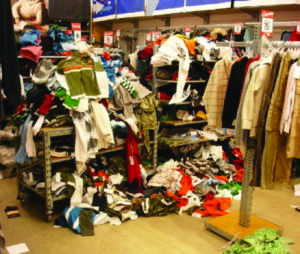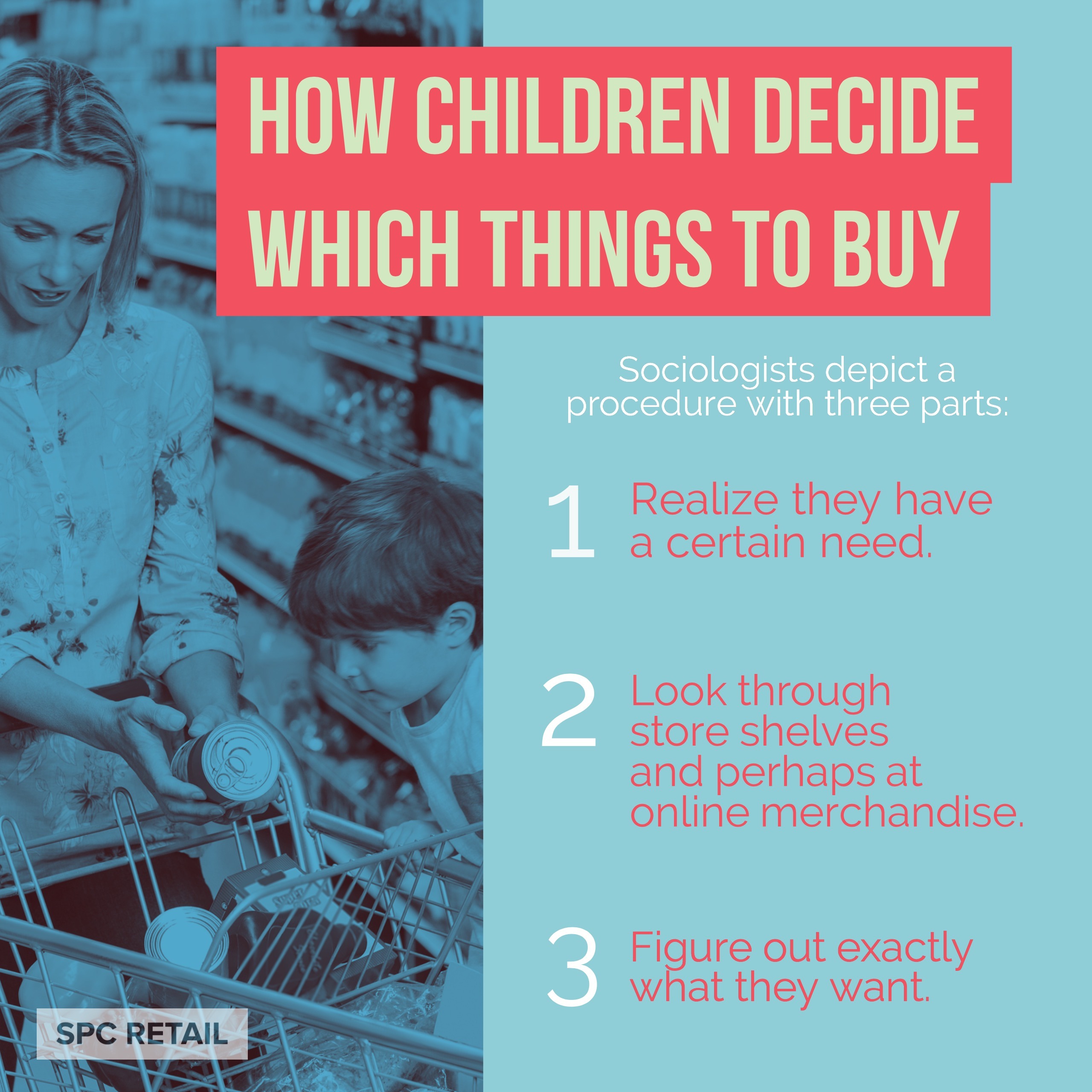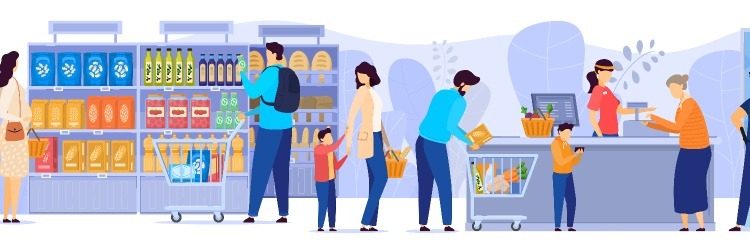The Effect of Assortment Creep On Retail Stores
A healthy inventory is always a good thing, right? Yes, but only when it doesn’t lead to assortment creep.
Assortment creep is the slow, steady, and almost imperceptible addition of items or product categories that beef up your inventory SKUs but doesn’t necessarily lead to a lift in sales. All retailers are susceptible to this; however, smaller retailers and independent store owners are the most likely to fall victim.
While no one intends for assortment creep to happen, it often is the result of good intentions. The most common cause is when a retailer tries expanding into new product categories or an existing category with more products. These decisions are often made without the proper analysis of current productivity or fully understanding their customer demographic.
Unchecked decisions on expanding products can lead to unnecessary costs, loss of merchandising space that could be better occupied, and improper management of inventory levels. All of these combined can result in reduced profit margins and messy stores.
Here’s how assortment creep affects in-store merchandising and what you can do to limit it.
Assortment Creep Impacts on Brick-and-Mortar Retail
When you have too many SKUs that just won’t sell, you create a backlog of additional products that you need to make room for. Here’s how this harms the retailer and a customer’s shopping experience.

Visibility and Accessibility of Product
Too many unnecessary products mean not having enough room for your best stuff. Since space is directly correlated with a product’s value, crowded displays can make items seem less valuable or important. This is why you see high-end items with more “blank” space around them.
Your customers also need visual space to navigate your products. If too many items are too close together, they could glance right over items they’d otherwise buy.
What’s more, products need to be easily accessible. Overcrowding can lead to products falling off shelves or customers avoiding interaction with displays for fear of breaking or damaging something.
Longer Implementation of Merchandising Set-Ups
Busy retailers need all the time they can get, so taking a less is more approach can help you maximize your time. The more products you need to inventory, the more complex display setups become.
There’s also a greater chance for unsold items at the end of the season. When this happens, you need to either find space to store them for next year or heavily discount them to get rid of them.
Traffic Flow Issues
Assortment creep can often mean outgrowing your existing retail displays. When this happens, you might feel pressured to add temporary displays even if they don’t match your store’s branding.
When you start adding displays that you didn’t plan for, you can quickly make it hard for customers to navigate your store. Wheelchair and shopping cart accessibility also becomes an issue if fixtures lack distance between them.
If your customers aren’t comfortable browsing your store, they are less likely to purchase something, will neglect certain areas of the store, or may even decide not to return.
Best Solutions for Dealing with Assortment Creep
No matter the size of your store or the breadth of your assortment creep, you can take a few key steps to mitigate its impact. Here are some tried-and-true tips we’ve put to work:
Less is Always More
Options can be a great thing, but too many can lead to analysis paralysis. When this happens, customers have the tendency not to decide on which product to buy at all.
Always take a “less is more” approach when choosing products and vendors to bring into your store. Limit the variety of products on your shelves, as well as the number of vendors you work with. It’s their job to pitch products to you, so working with fewer vendors can cut the temptation to bring in every new product idea.
Think Local
If you want to offer your customers something special without going overboard, consider a program that partners with vendors who supply locally made products. Since these products are made in the local community, they are bound to resonate with your target customer.
Dedicate an area of your store to highlight local artisans in a single display and change it up routinely. This will allow you to provide something new and exciting for your customers to shop for each time they visit your store while ensuring your inventory levels don’t get out of hand.
Empower Store Level Employees
Your employees can make a huge difference in your store environment. They are the ones on the front lines dealing with where to put overstock. Equip store-level employees with displays that make it easy to deal with these challenges quickly and efficiently while maintaining the standards you put in place.
Train them on display best practices, including how to leverage versatile displays for temporary and overstock items. Show them how to move, store, and redesign displays to use across a variety of applications, including addressing inventory surpluses as needed.
Ready to future-proof your retail display strategy? Get in touch with our team today!


